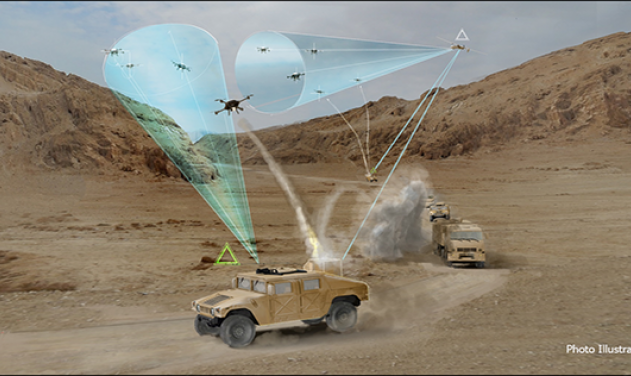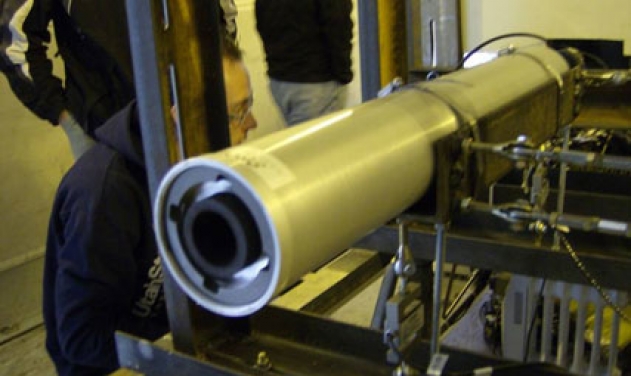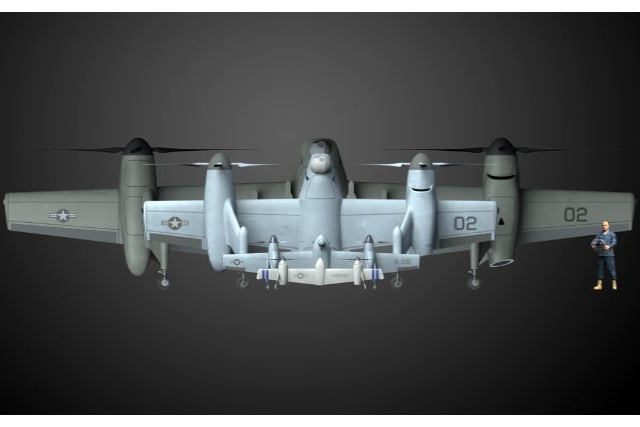DARPA Aims To Build Microelectronic Systems With Modular ‘Chiplets’

The US Defense Advanced Research Projects Agency (DARPA) has kicked off a new program dubbed Common Heterogeneous Integration and Intellectual Property (IP) Reuse Strategies or CHIPS, to create a modular computing framework by mixing and matching of ‘chiplets’.
The crux of the program is to develop a new technological framework in which different functionalities and blocks of intellectual property—among them data storage, computation, signal processing, and managing the form and flow of data—can be segregated into small chiplets, which then can be mixed, matched, and combined onto an interposer, somewhat like joining the pieces of a jigsaw puzzle. Conceivably an entire conventional circuit board with a variety of different but full-sized chips could be shrunk down onto a much smaller interposer hosting a huddle of yet far smaller chiplets, the DARPA press release states.
“Now we are moving beyond pretty pictures and mere words, and we are rolling up our sleeves to do the hard work it will take to change the way we think about, design, and build our microelectronic systems,” said Dan Green, the CHIPS program manager.
DARPA has been reaching out to universities, military-industrial contractors, and the semiconductor and chip biz to explore the possibility, and last week was the “proposers’ day,” when the agency and interested parties share details and expectations.
Among the specific technologies that could emerge from this newly formed research community are compact replacements for entire circuit boards, ultrawideband radio frequency (RF) systems, which require tight integration of fast data converters with powerful processing functions, and, by combining chiplets that provide different accelerator and processor functions, fast-learning systems for teasing out interesting and actionable data from much larger volumes of mundane data.
“By bringing the best design capabilities, reconfigurable circuit fabrics, and accelerators from the commercial domain, we should be able to create defense systems just by adding smaller specialized chiplets,” said Bill Chappell, director of DARPA’s Microsystems Technology Office.
“If the CHIPS program is successful, we will gain access to a wider variety of specialized blocks that we will be able to integrate into our systems more easily and with lower costs,” added Green. “This should be a win for both the commercial and defense sectors”.













